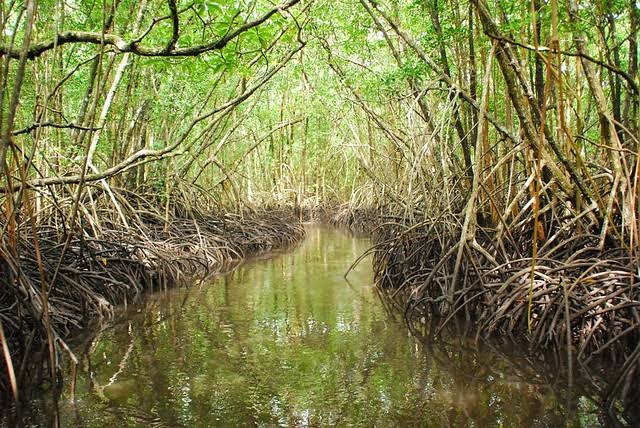NAIROBI,Kenya, JULY, 26 – Don’t be fooled by their modest appearance: mangroves are important players in some of the greatest challenges facing the world today. They provide a defense between land and sea, absorb carbon, contribute to economic and food security, and are home to some of the most rare and colourful species.
But mangroves are disappearing at an accelerating rate. In some areas of the Western Indian Ocean region – one of the two most important global mangrove hotspots, together with Southeast Asia – more than 80 per cent of mangroves have already been lost.
The United Nations Decade on Ecosystem Restoration is a global rallying cry to change our relationship with nature – from degradation to restoration. Here are six things you can do to start bringing back mangroves today.
Understand the importance of mangroves.
Only with healthy ecosystems can we enhance people’s livelihoods, counteract climate change, and stop the collapse of biodiversity.
UNEP research shows that mangrove ecosystems underpin global and local economies by supporting fisheries, providing other food sources and protecting coastlines. In fact, every hectare of mangrove forest represents an estimated US Dollars 33 to 57 thousand per year (Sh6.1 million)
They’re also important protectors – sheltering land and coastal communities from storms, tsunamis, rising sea levels and erosion. And with the world at risk of a temperature rise of over 3°C this century, mangroves are also an invaluable ally in the race to adapt. They extract up to five times more carbon from the atmosphere than forests on land and protecting mangroves is 1000 times less expensive, per kilometer than building seawalls.
Understand what is driving their loss.
Home to 40 per cent of the world’s population coastlines are among the most densely-populated areas on Earth.
Consequent development of coastlines – clearing mangrove forests to create space for buildings, and to farm fish and shrimp – is the main driver of mangrove loss. Worldwide, this has caused the loss of 20 per cent of mangrove ecosystems.
Pollution also plays a role. Because they form a protective line between coasts and ocean, mangroves are effectively a “plastic trap”. When plastic bags and litter cover roots and sediment layers, it can starve mangroves of oxygen; and can harm sea animals.
Make sustainable choices.
The choices we make are a powerful way to express our values and to affect consumption and demand. Ask questions about the food you consume; choose foods that are sustainably sourced; say no to single-use plastic and reduce consumption in general.
Learn how restoration works.
Before planting new mangroves, it is important to understand the cause of forest degradation or disappearance. In the case of pollution, over-harvesting or other causes that can be eliminated, mangroves can recover naturally.
When recovery requires human intervention, it is important to follow key steps, like involving local communities, selecting native seedlings and establishing a functioning nursery.
Be an advocate and an activist
If you’re not sure where to start, find inspiration in what others are doing. In Kenya and Madagascar,communities have recognized the contribution of mangroves to their own livelihoods and are actively participating in carbon monitoring, reforestation and education to prevent exploitation and ensure the livelihoods of future generations.
Make some noise.
Despite the scale of the challenge, there are solutions; and some governments are already taking action. Cuba, Haiti, Puerto Rico and the Dominican Republic have prioritized mangrove restoration through the Caribbean Biological Corridor initiative; and in Cuba, mangrove forests still cover 70 per cent of the coastline, Pakistan has committed to painting 10 billion trees by 2023.in an initiative led by Prime Minister Imran Khan and supported by UNEP, and millions – if not billions – of these trees will be mangroves.
Story by United Nations Environment Programme.
Want to send us a story? Contact Shahidi News Tel: +254115512797 (Mobile & WhatsApp)


